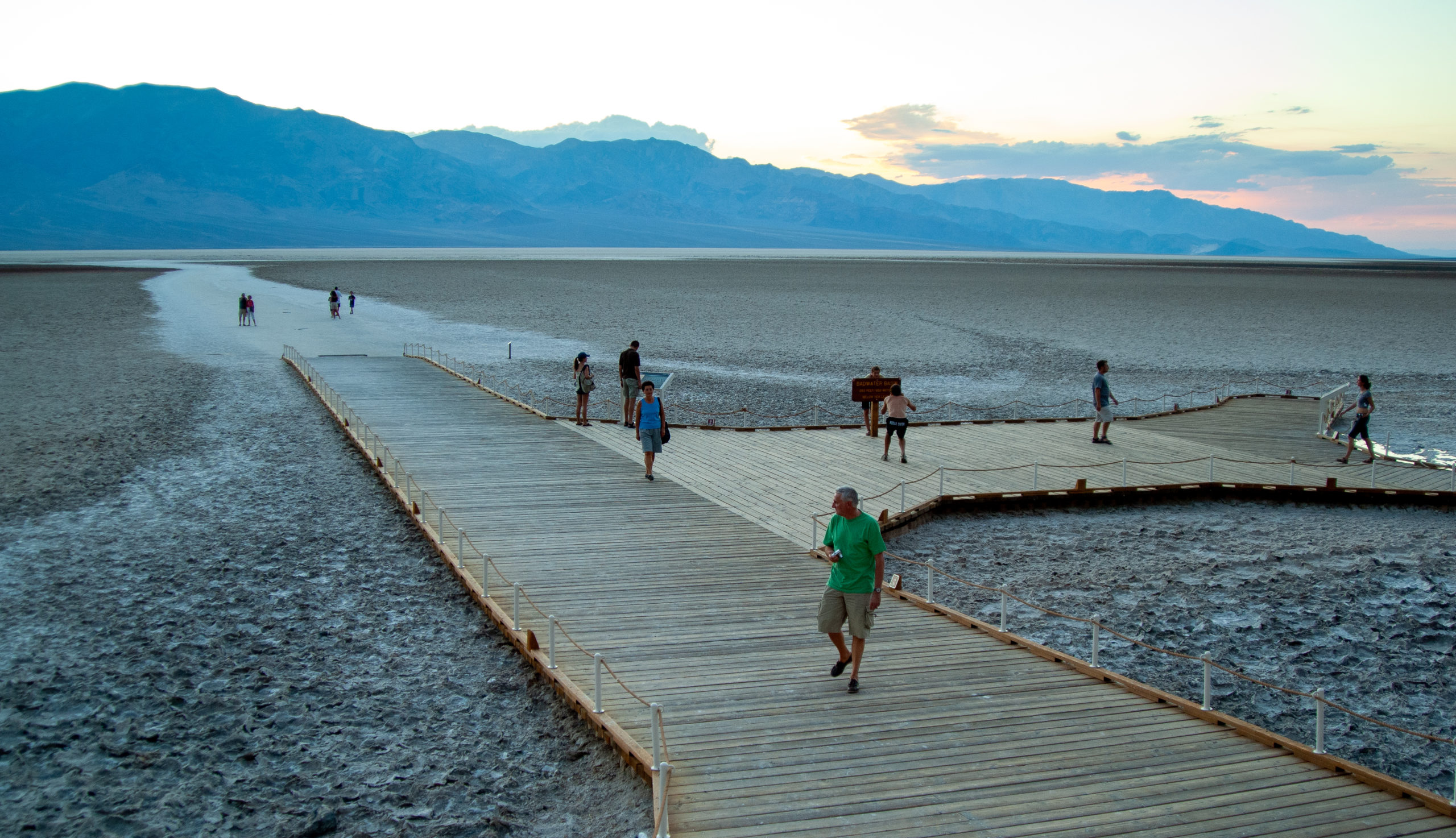Are you hearing the whispers? The two words that were formerly a political third rail are now being spoken. No longer in hushed tones, but in bold print: “As drought becomes more frequent, California will — or should be — compelled to re-think its entire water system and the status of water rights will be a central and very volatile factor.”
“Water rights” seem to be top of mind these days. It’s no wonder. This record-setting drought is laying bare the chaos and confusion inherent in California’s system of allocating scarce water. And the recent IPCC report makes clear that as the world continues to warm, conditions will only get hotter and drier, making water scarcity less the exception and more the rule.
While there seems to be broad agreement that the current system, designed more than a century ago, is not meeting our needs today; there is much less clarity around how to fix it. Here, we provide a brief summary of some of the solutions that have been offered to-date.
Collect better data
As Mike Kiparsky notes in a recent LA Times editorial: “Under California’s legal system, drought management should be an organized and rational process of determining the water needed for fish and wildlife, allocating the remaining available water to the most senior users, telling lower priority diverters to stop withdrawals, and facilitating water trading and alternative water sources. Instead, because of the lack of information, California is unable to align available supply systemically.” Our recent blog, Drought, Data and Decisions, argued that more real-time water use reporting and monitoring is key. By investing in water accounting tools (drawing on examples from the financial sector), we could make better and more transparent drought decisions.
Enforce water rights
During the most recent State Water Board meeting, both Westlands Water District and the Natural Resources Defense Council pointed to better enforcement of the existing water rights system as an important first step — specifically, cracking down on rampant, illegal water use. As Nell Green Nylen writes: “[Enforcement] helps water users understand their rights and responsibilities, clarifies the repercussions of violations, and promotes trust in the Board’s methods and motives. Addressing illegal diversions protects people who follow the law from injury, and contributes to ecosystem recovery during critical rebuilding periods following droughts.” One way to increase enforcement would be for the State Water Board to adopt the Proposed Water Rights Enforcement Policy.
Simplify water rights
California is unique in recognizing three different kinds of surface water rights: rights associated with land ownership adjacent to a water course, rights associated with using surface water before 1914, rights associated with using surface water after 1914. Paradoxically, only the last category of rights is part of the permit system. PPIC has long-argued that a unified permitting system would reduce uncertainty for all and enable more efficient and transparent real-time management of water, through:
- Amending the Water Code to extend the water board’s permitting jurisdiction to all surface water rights, not just those with rights established since 1914 and clarifying the quantities for senior water rights; and
- Giving water right-holders a choice between maintaining riparian or appropriative rights on the same land. This would not change the amount of water these landowners could use—it would simply prevent them from frustrating the administrative system by toggling between rights.
Protect environmental flows
Legally, no one actually owns water (right-holders merely have a legal claim to use water in certain cases) as the state is charged with protecting water resources for present and future generations under the Public Trust Doctrine. Although the public trust can take precedence over other claims, the Water Board has lacked a systematic policy on how to apply it. As we know, this drought has created a human and environmental crisis, with community water sources running dry and salmon headed toward extinction. PPIC offers two possible ways to ensure adequate water for the environment: environmental water budgets could be defined as a regulatory baseline that would be subtracted from the initial accounting of water available for diversions by water right-holders; or environmental water could be defined as a water right that would function as the most senior water right in the river system.
Protect basic human uses
In terms of protecting flows for drinking and sanitation, other countries have instituted policies to protect the human right to water. South Africa has a human and ecological water “reserve.” Here in California, the water board has adopted temporary emergency regulations to keep water flowing when necessary for human health and safety on an ad hoc basis. The board could adopt a permanent policy that defines public health and safety considerations affected by water scarcity and prioritize these needs within the curtailment process.
Each of the solutions listed above come with its own costs and benefits, which need to be weighed carefully. While there may not be a single or perfect fix, it is now time to move from a recognition of the problem to an active exploration of which solutions can best protect us from the climate change impacts we are already feeling, which will only intensify in years to come.
